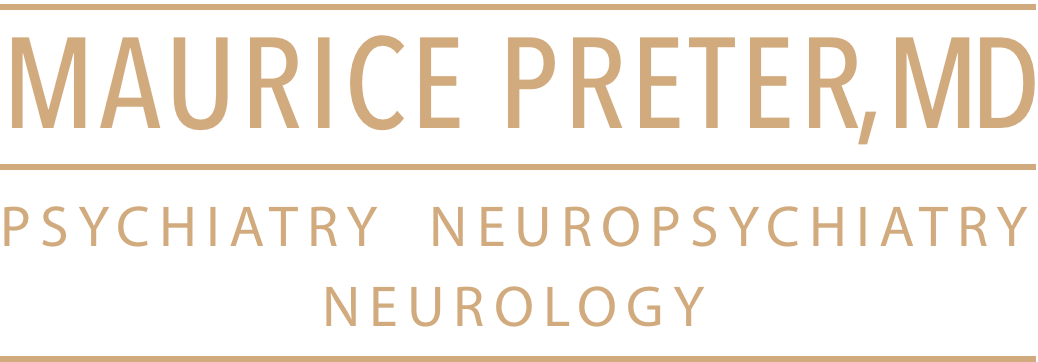| J Affect Disord. 2007 Aug 27; [Epub ahead of print] | Related Articles, Links |

Acute exercise reduces the effects of a 35% CO(2) challenge in patients with panic disorder.
Esquivel G, Díaz-Galvis J, Schruers K, Berlanga C, Lara-Muñoz C, Griez E.
Academic Anxiety Center, Department of Psychiatry and Neuropsychology, Maastricht University, Maastricht, The Netherlands.
BACKGROUND: Chronic exercise has been shown to have therapeutic effects in panic disorder (PD). The mechanism of these effects is unknown. Acute exercise reduces the effect of a panic challenge in healthy volunteers. Such an effect has not yet been demonstrated in PD patients. The present study aimed at exploring the antipanic effects of acute exercise on a 35% CO(2) panic provocation in treatment-naïve PD patients to further elucidate the mechanisms of the beneficial effects of exercise on panic. METHODS: Eighteen PD patients performed either moderate/hard exercise or very-light exercise before a 35% CO(2) challenge in a randomized, between-group design. The reactivity to CO(2) was assessed with the Visual Analogue Anxiety Scale and the DSM-IV Panic Symptom List. RESULTS: Panic reactions to CO(2) were smaller in patients that performed moderate/hard exercise in contrast to those that performed very-light exercise. Increments in both measurements and panic rates were consistently reduced by intense exercise. LIMITATIONS: Since this study focuses on the acute effects of exercise on CO(2) sensitivity in patients with PD, the results of repetitive exercise sessions on the rate of spontaneous panic attacks and overall symptoms are warranted. The small sample size and other limitations are addressed. CONCLUSIONS: Exercise reduced the panicogenic effects of a CO(2) challenge. In addition to its therapeutic potential, exercise may also be useful as a laboratory maneuver with heuristic value in experimental research into the mechanisms of antipanic treatment.
PMID: 17727960 [PubMed – as supplied by publisher]
